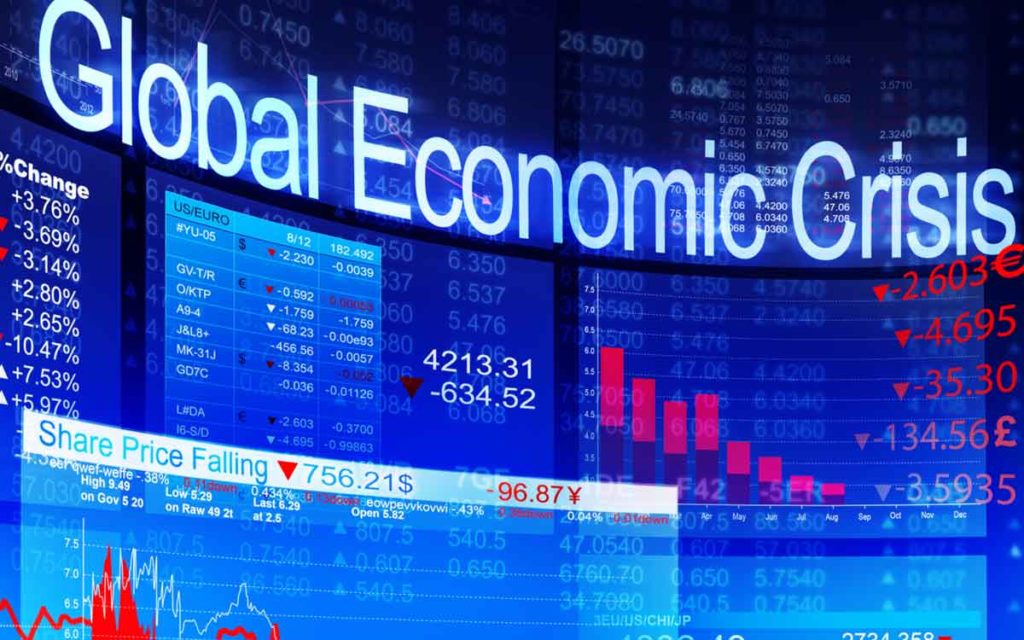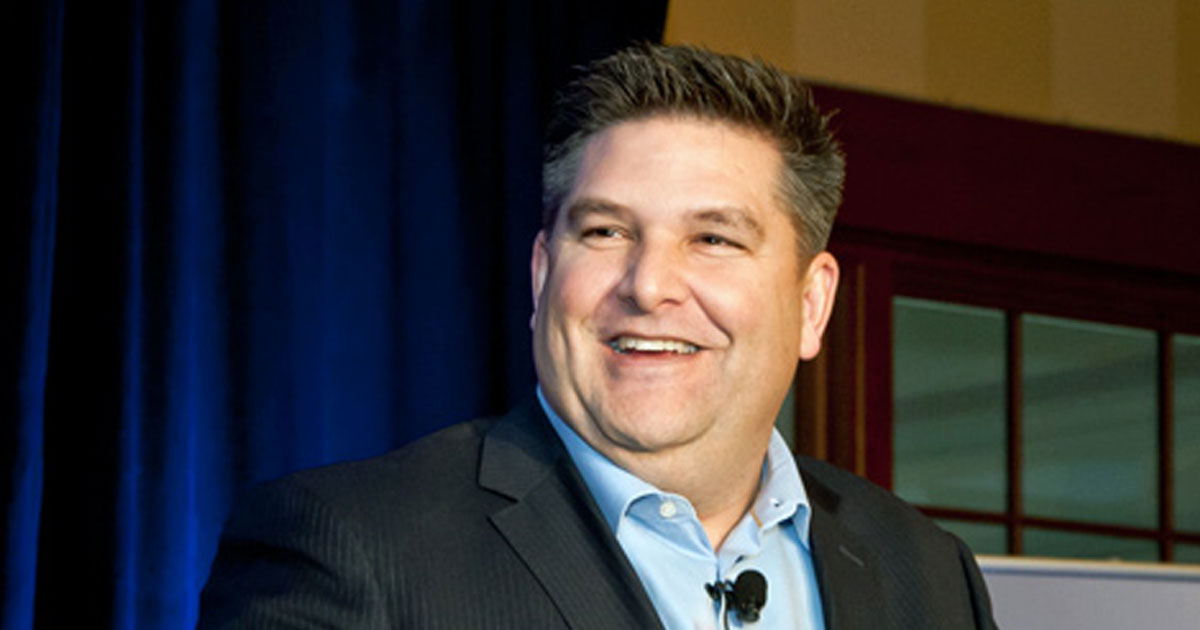
Part Two: Response
Canadian communities are now about two months into the Covid-19 crisis, and the passage of time has started to give us some insights into the pandemic’s impact on the economy – and what we can do to prepare for economic recovery. I’ve been running a series of online workshops for communities across Canada, and this article – the second in a series of three for the Niagara Independent – draws on materials from a session I ran for 103 communities on April 30th (And for those who are interested, the Economic Developers Association of Canada has asked that I run this session again on May 26th – sign up details can be found at https://uwaterloo.ca/economic-development/courses-and-seminars/covid19-and-economic-developers-online).
In any crisis, our instinctive reactions need to be replaced quickly by measured and careful responses. In a sense, reactions follow our natural “fight or flight” instincts, while responses begin to lay the groundwork for more rational, effective and impactful solutions. Our responses can be more firmly grounded in science, or data, or experience – rather than the emotion (or desperation) that drives our reactions.
Sometimes, our responses can also be based on the success of others in other communities. In a sense, a reaction might be the first thing that I do personally, while a response is the first things that others demonstrate is a viable course of action. As Canadians, we’re lucky that we weren’t in the first wave of countries to experience Covid-19. Because we came later to the crisis, we can learn from those who are ahead of us on the curve.
Across Asia and Europe, many communities are already in the process of trying out and testing their economic development responses to the Covid crisis. In the City of Oulu, Finland, for example, hotels have re-opened by offering packages to local residents where they get hotel rooms for the weekend while the hotel dispatches cleaning crews to their homes. In Prague in the Czech Republic, restaurants with outdoor patios are being allowed to reopen before indoor restaurants. In Vaughan, Ontario the City has temporarily repealed a series of local bylaws limiting commercial delivery hours and heavy truck traffic in the downtown to help local businesses prepare for re-opening. In North Bay, the City has changed its parking regulations in the downtown core, to better support curbside pickup.
None of these specific examples is a magic bullet, but if we look around the world we can see that there is a massive economic development experiment going on. Thousands of communities in dozens of countries are testing different responses – and we’re increasingly gaining a sense of what works and what doesn’t in helping local business survive the current situation. And because we are behind the curve, with other countries and cities leading the way, we should be basing our responses efforts in what has proven to be effective in other places. We need to be building databases of best practices, and continually engaging with other communities around the world to be sure that we have real insight into what is working on the ground.
Having said that, our responses cannot be solely economic in their focus. This is first and foremost a medical crisis, and health issues need to be central to our thinking as we try to put Band-aids on our economy during this crisis. The challenge, of course, is that business leaders, economists and economic developers are not always used to thinking about medical issues. Because of this, we need to work extra hard to ensure that our responses are not just dollars and cents reactions to the crisis, but are wholistic and nuanced ideas about how we should move our communities forward.
Much of our thinking about the Covid-19 pandemic is grounded in the important article “Coronavirus: The Hammer and the Dance” by engineer and entrepreneur Thomas Pueyo (discussed in part one of this series). Pueyo’s work actually lays out a template for local economic decisionmakers to use as they seek to balance economic and healthcare responses to the current crisis, and it’s a tool that should be used by all governments as they craft those responses.
Pueyo’s model is based on the scientific consensus that we need to keep Covid-19s rate of transmission low. This transmission rate is referred to by scientists as “R₀” or simply “R” – the reproduction rate of the virus. For Covid-19, the medical community suggests that to beat the virus, we need to reach an R of 0.7, meaning that each sick person passes the virus on to no more than 0.7 other people (on average). At that rate, the Covid-19 pandemic will eventually end – but at a higher rate, it will continue to return again and again and again.
Building on this specific notion of a shared R goal, we can then begin to think about actions to restart the economy by balancing both R and the dollars and cents of economic activity. Pueyo suggests, for example, that closing all grocery stores and urgent care centres in the United States would reduce the R of the Covid virus by about 0.21 – but this would likely cost the economy about US$1 billion per week. On the other hand, we could close bars and restaurants, which would reduce Covid’s R by an even larger 0.24, while costing the US economy only US$300 million per week. Or we could take simple steps, like moving restaurants to curbside pick up or delivery, which reduces R by about 0.01 but only costs the economy about US$200,000 per week.
These kinds of health vs. economy calculations will make many of us squeamish. It’s almost as if we’re trading lives for dollars, or trying to understand the commercial value of a human life. But think of it this way… if we’re making economic development decisions about what to reopen and when, and we’re not using a science-based tool like this, we’re simply gambling with other people’s lives, and acting without actual knowledge of the repercussions of our responses.
In the end, the economic development responses we employ in the wake of Covid-19 will be some of the most impactful decisions we will ever have to make, in terms of both their human and financial costs. And unless we do this armed with the best models, the best data, and the best examples of what has worked in other jurisdictions, we’re shirking our duty and cutting corners.
But looming in the background, waiting quietly behind our responses, is a yet even larger challenge. If the Covid-19 crisis initiated a series of initial, instinctive reactions, and these will hopefully give way to more carefully planned responses, what about our eventual recovery? How do we actually begin to put the pieces in place today for the economy we will have to rebuild tomorrow?
Next: So just how do we begin to plan for recovery?

Brock Dickinson is a serial entrepreneur and innovator who has worked with hundreds of companies and communities in more than 30 countries. He holds a number of innovation support roles, including his work as and Adjunct Professor and Entrepreneur in Residence at the University of Waterloo, and as an Executive in Residence with Innovate Niagara. He lives in the Niagara Region.






